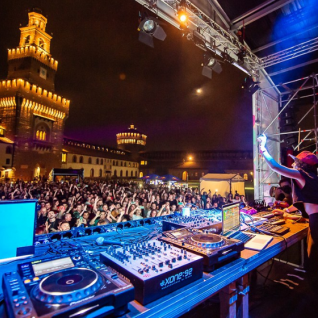Casa Museo Boschi Di Stefano
A house museum full of art
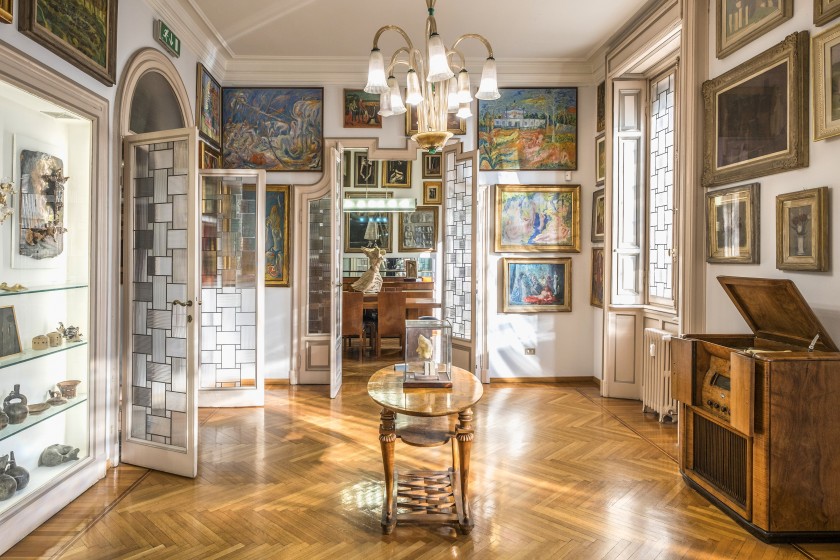
Casa Museo Boschi Di Stefano, opened in 2003, offers a journey through the Italian twentieth century.
Spouses Antonio Boschi and Marieda Di Stefano were fond of collecting art and cultivated warm and direct relationships with many among the greatest artists on the Italian and international scene. In their lifetime, they collected an impressive amount of works of art in what was their home. They left the apartment, together with the entire art collection, to the Milan City Hall in 1973.
Now a public house museum offering free admission, the Casa showcases about three hundred twentieth-century art masterpieces, out of the over two thousand that make up the collection. The house’s eleven rooms have been set up as a picture gallery that retains the atmosphere of an actual home. Furnishings (mostly not the original ones) were carefully chosen by the Boschi di Stefano Foundation to match with the artworks.
THE ROOMS
The exhibition spans from the first decade of the twentieth century to the end of the nineteen-sixties.
Starting from the entrance, where visitors are greeted by portraits of the Boschi couple and by ceramics crafted by Marieda herself, a corridor is dedicated to artists of the first and second decade of the last century, including Boccioni, Severini and Marussig.
The adjacent study room is dedicated to the Twentieth Century, with works by Funi, Carrà, Casorati and landscapes by Tosi and Guidi.
The monographic room dedicated to Mario Sironi follows, with the famous Venus of the Ports (1919) and some sculptures by Arturo Martini, such as Victory (1934).
From there you pass to the room which includes works by the artists of Corrente, including Eldorado (1935) by Renato Birolli, and two walls dedicated to an extraordinary selection of still lifes and landscapes by Giorgio Morandi and Filippo de Pisis respectively.
The sitting room, with the original piano (take advantage of the unique atmosphere of the frequent piano concerts takes place) at the centre, is dedicated to the School of Paris and includes The school of gladiators (1928) and The Trophy Makers (1926-28) by Giorgio De Chirico, Annunciation by Alberto Savinio (1932), and paintings by Campigli, Paresce and Mafai.
The corridor dedicated to the Chiaristi, with works by De Rocchi, Semeghini and Lilloni, is followed by the monographic room dedicated to Fontana: in addition to two of the famous "cuts" (Spatial Concept. Expectations, circa 1959), the period of the Holes, Stones and Chalks is well represented. Rare ceramic sculptures by Fontana are also showcased.
A highly articulated room follows, dedicated to postcubist (Moreni, Giunni, Brindisi, Piccoli), spatialists (Crippa) and nuclearist (Dangelo, Baj and Dova) artists.
The last room is the one dedicated to the Informal Art, with a work by Emilio Vedova (Time Image, 1953), two by Piero Manzoni (Rectangle and First Hypothesis. Rectangle Interrupted, 1958) and then Vago, Carmassi, Chighine and Bionda to represent the two collectors' taste, inevitably downsized by the chronological setting.
Many other works are either part of the Museo del Novecento permanent exhibition, stored in deposits or on loan. To help bring this huge hidden legacy of the Boschi Di Stefano to light, in 2017 a temporary exhibition space was created in what used to be the ceramics school founded by Marieda, on the mezzanine floor of the same building.
MORE ABOUT THE HOUSE
The Boschi Di Stefano House Museum is located inside a building dating back to 1929 - 1931. Built under the artistic direction of the architect Piero Portaluppi (author of Villa Necchi Campiglio as well) the building, which took the name of Casa Radici-Di Stefano, is the result of two distinct interventions, albeit coordinated and attributable to the same clients. The portion on via Aldrovandi, owned by Società Anonima Immobiliare Aldrovandi, managed by Gino Radici; the one on via Jan, managed by the Picena Real Estate Company, controlled by Francesco Di Stefano (Father of Merida). These two sections were built simultaneously by the Di Stefano & Radici company.
The apartment housing the Boschi Di Stefano House Museum presents some of the most interesting elements of Portaluppi's architecture, although simplified to civilian use: the facades with horizontal tripartition; the slight asymmetries, the design of the moldings, the window frames, the iron works. One of the particular aspects of the building is the corner solution that sees the edge of the building shine through from the interlocking of the bow-windows’ volume.
Casa Museo Boschi Di Stefano of the Circuit of the House Museums of Milano along with Poldi Pezzoli Museum, Bagatti Valsecchi Museum and Villa Necchi Campiglio.
Touring Club Italiano volunteers from are available to welcome and guide you through the house.

Opening times:
From Tuesday to Sunday: 10:00 am - 5:30 pm (last entry at 5:00 pm)

Ticket information:
Free entrance
Buy online:

Public transport:
UNDERGROUND
Line M1 red Lima stop
Line M1, M2 green Loreto stop
TRAM
5, 33
BUS
60, 81

Accessibility
For more information on the accessibility of this place visit the dedicated page

 Log in
Log in











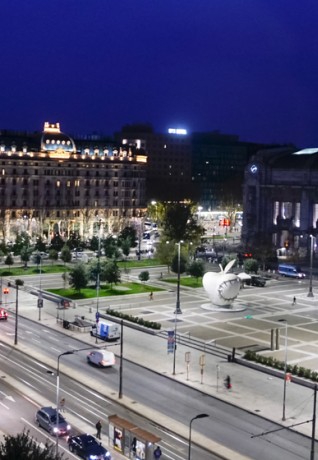

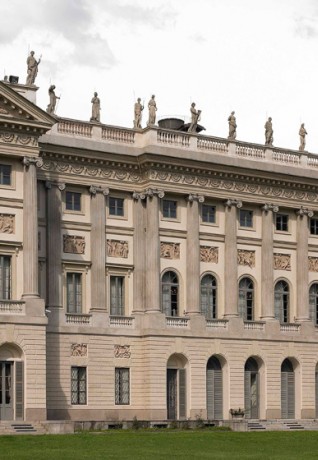
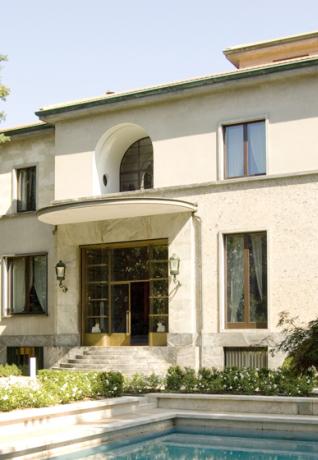
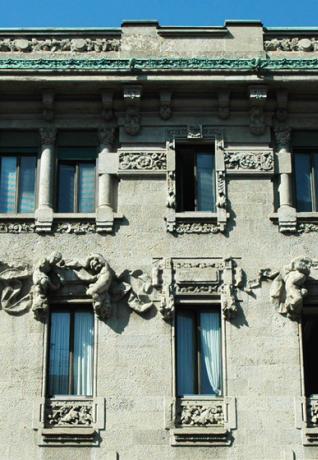
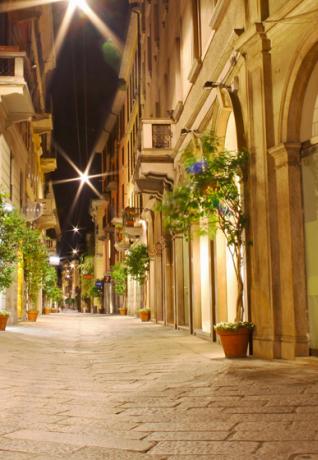
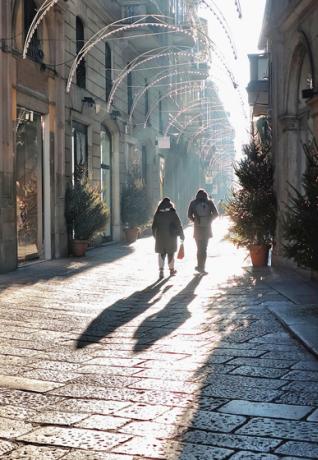
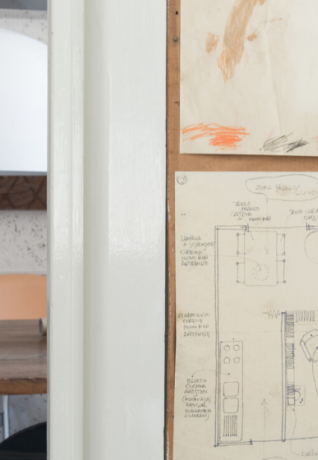

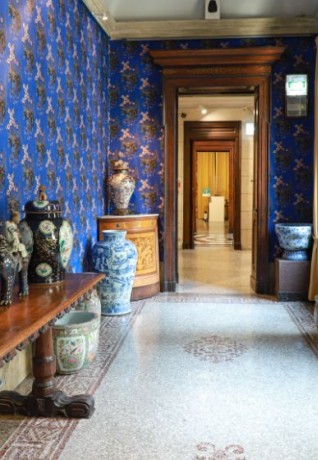
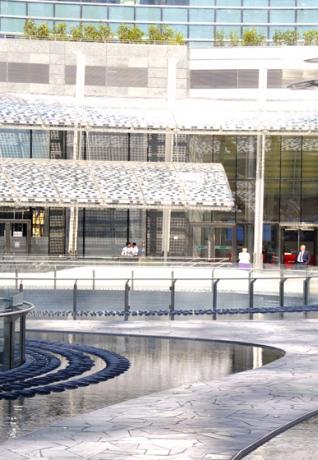

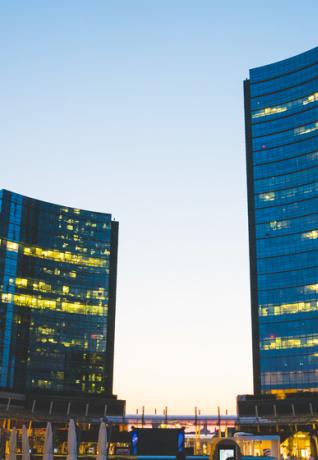
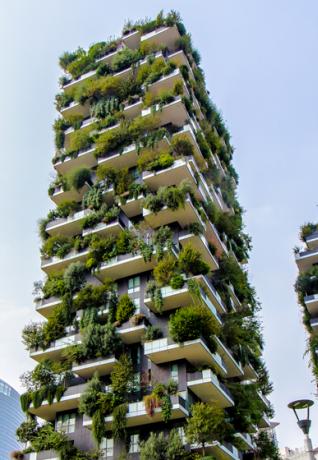

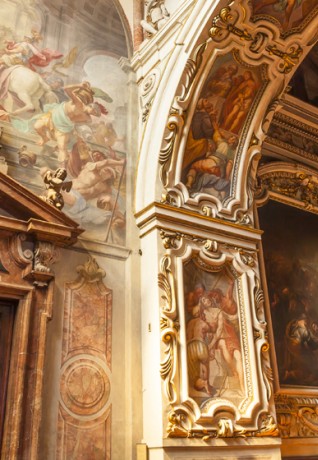






![Felice Casorati, Raja, [1924-1925], Collezione privata. ph. Matteo De Fina, Venezia Felice Casorati, Raja, [1924-1925], Collezione privata. ph. Matteo De Fina, Venezia](/sites/default/files/styles/card_square/public/event_top_event/copertina/6773/33902/casorati.866x560px.jpg?itok=rBNkEX4-)
